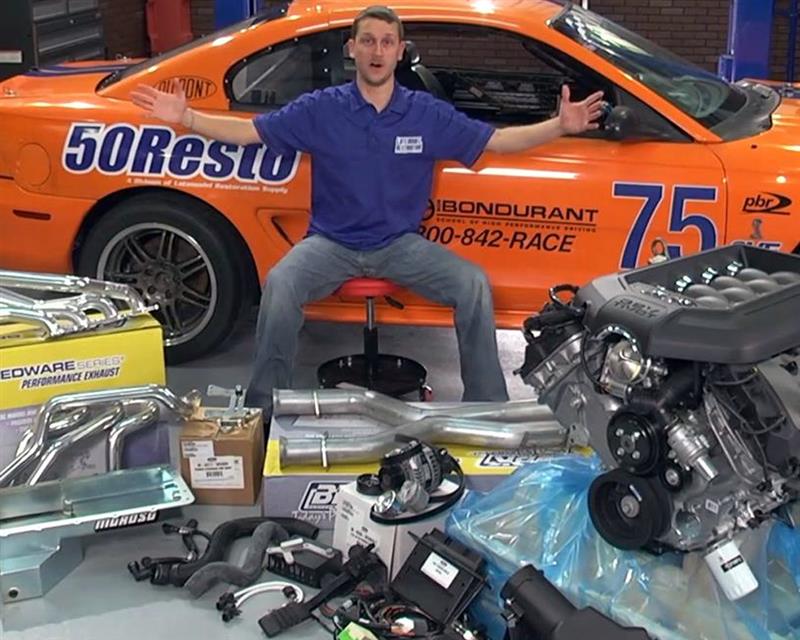Swapping out an old, worn-out engine for a more updated, newer engine is nothing new to car enthusiasts. This has been going on for decades and has always been a staple in the restoration process. While the Chevy crowd has always had a solid option with their beloved LS engine, most die-hard Ford enthusiasts would rather rebuild their engines before even considering doing an LS-Swap on their Ford vehicle.
While there were some great SBF engine options from Ford Racing in the 90s and 2000s, Ford changed the game in 2011 with the Coyote Engine. This modular 5.0 engine was accompanied by a plethora of aftermarket swap parts, making it easier than ever to install a modular engine into just about any vehicle imaginable.
What is a Coyote Engine?
The Ford Coyote Engine is a 5.0L modular engine with a total displacement of 302ci. While this may sound familiar for the old-school 5.0L 302 ci pushrod fans, it should, but the big difference relies on the heads and technological advances.
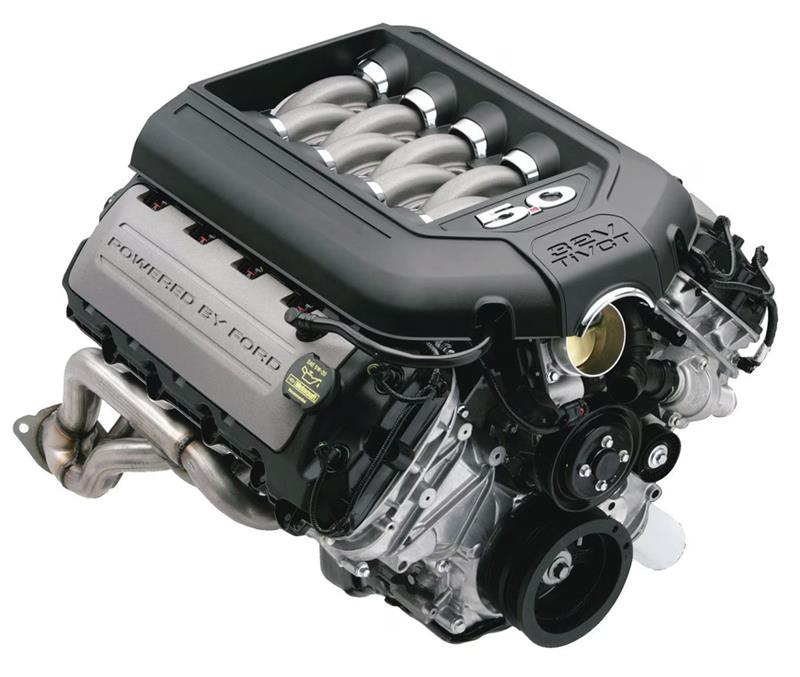
Ford’s new 5.0L Coyote features an aluminum block and aluminum cylinders that are equipped with dual overhead cams with
Ti-VCT (Twin Independent Variable Camshaft Timing). This Ti-VCT technology allows for more power while retaining fuel economy for more efficient engine performance. We take a deeper dive into this powerplant in our
What Is A Coyote Engine article.
The Coyote engine is currently offered in 4 different generations across the Ford F-150 and Mustang GT models:
- Gen 1: 2011-2014 (Mustang/F-150)
- 412-420 Horsepower
- 390 lb/ft Torque
- Gen 2: 2015-2017 (Mustang/F-150)
- 435 Horsepower
- 400 lb/ft Torque
- Gen 3: 2018-2023 Mustang/2018-2020 F-150
- 460-480 Horsepower
- 420 lb/ft Torque
- Gen 4: 2024-Present (Mustang Only) (21- Present F-150 Featured Different Gen 4)
- 480 Horsepower
- 420 lb/ft Torque
The Origins of the Coyote Swap
With the introduction of the Coyote engine in 2011, it did not take long for enthusiasts to figure out how to stuff these engines into just about any and every project car that needed an engine. In 2012, we here at LMR completed our
Coyote Swap SN95 Mustang, trying out the few swap accessories that were available at the time. As time went on, we completed a few more
Coyote Swap Mustang projects and developed our own line of
Coyote Swap parts to help make the process much easier.
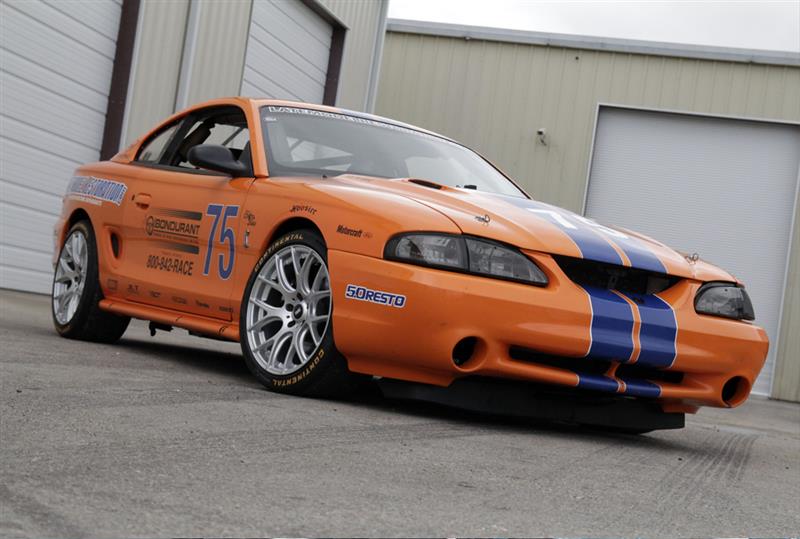
Why Choose a Coyote Swap?
When choosing a potential engine for your project car, there are many things to take into consideration. Some of the things you may look for are size constraints, reliability, performance capabilities, and aftermarket support. Let’s take a look at each to see why the Coyote engine could be a perfect candidate for your car.
Size Constraints
So, let’s talk size. While most of your classic Ford trucks will have plenty of room for a Coyote, with room to spare, tighter engine bays such as a Fox Body or SN-95 Mustang will require some modifications or special Coyote engine swap parts.
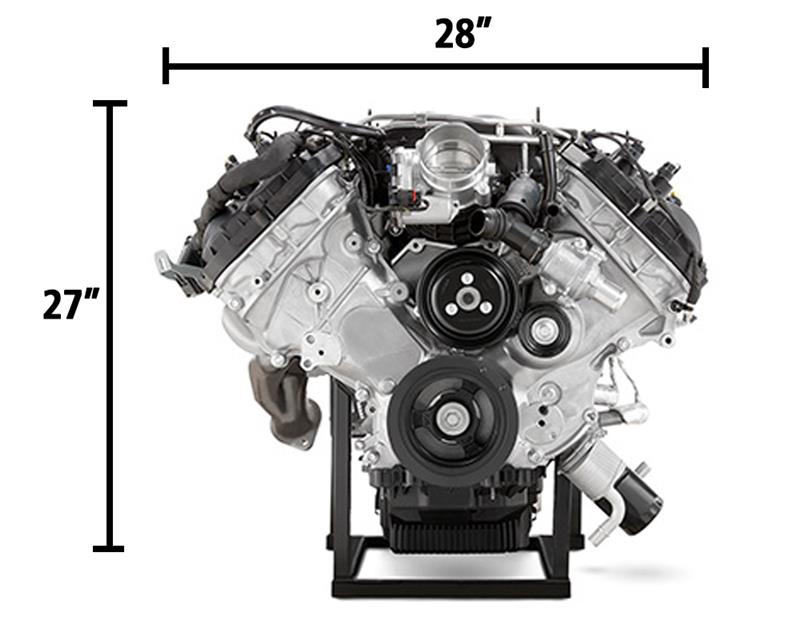
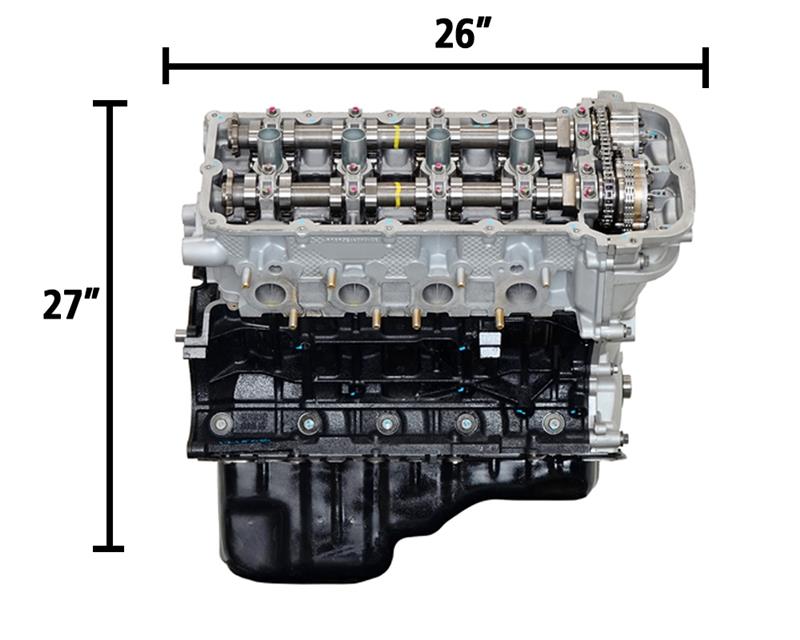
The 5.0L Coyote engine is going to measure out at roughly 26” from front to back (not including headers) and 27” high from manifold to oil pan. It will have a 28” width, but you will need to consider the type of headers you are using to get the final width. As the popularity of the swap rises, we are seeing more and more Coyote swap headers hit the market, simplifying the swap in specific chassis.
Reliability
One of the main reasons many enthusiasts do an engine swap is to upgrade to a better, more reliable engine. Of course, there are instances where you need to simply replace a blown motor with a similar replacement, but that’s a conversation for a different time. For the purposes of this article, we are going to focus on engine swap upgrades.
Since the Coyote engines are relatively new, most of the engines in the used market don’t have an exorbitant amount of miles that would warrant a rebuild. These engines have proven themselves to be very reliable, even in the 100,000+ mile range. Used Coyote engines in good condition have been proven time over time to make great swap candidates.
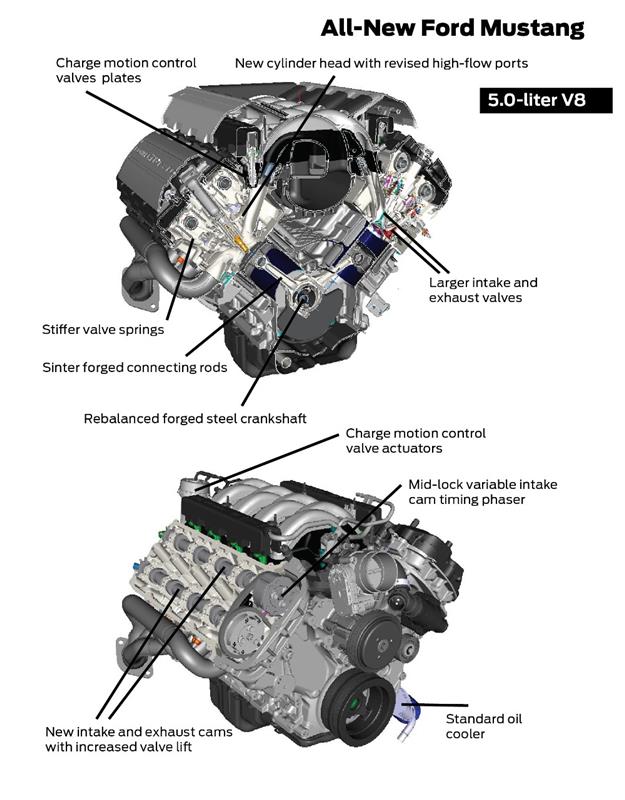
If you have the budget and want the ultimate in reliability, you can choose a brand-new Coyote engine from Ford Performance to forego any worries that come with a used engine. You can even pick one up with a brand-new transmission and control pack to make your engine swap a breeze.
Performance Capabilities
If you are rebuilding or restoring your project car, you will most likely want an engine that has more power than the factory engine. After all, the more power, the better, right? With each of the generations of Coyote engines producing over 400 horsepower in factory form, this is a perfect upgrade from factory sub-200 horsepower Fox Body Mustangs or underpowered 2V New Edge Mustangs.
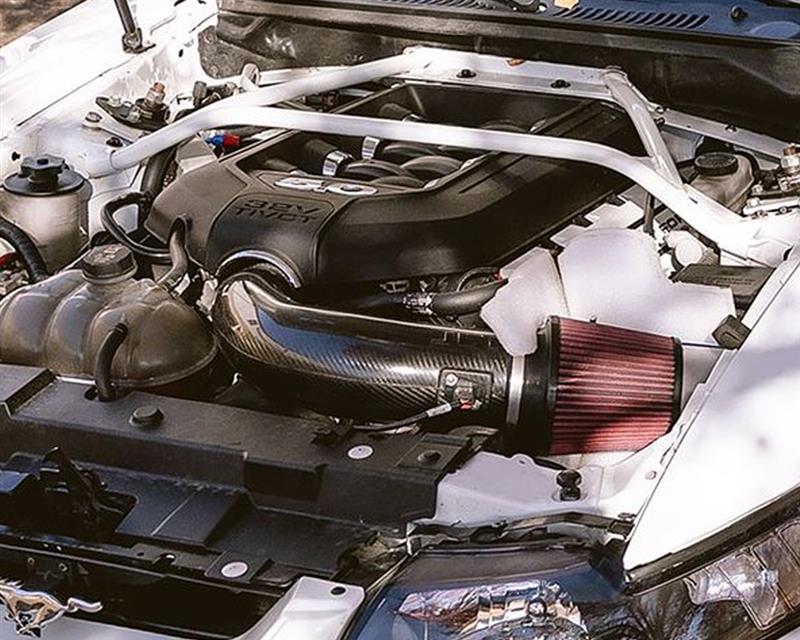
The Coyote 5.0L engine responds very well to performance upgrades allowing you to easily bolt on and tune it to produce some serious horsepower gains. A simple roots-style or centrifugal supercharger can dyno at around 600-700 horsepower, which is plenty for any project car. These engines have also seen great reliability under boosted applications with factory internals. You may want to swap to a performance oil pump gear kit, but most safely-tuned, supercharged Coyotes run well without having to replace rods, pistons, or other internal engine components.
Aftermarket Support
If aftermarket support is something you are looking for in an engine swap candidate, the Coyote platform is a perfect choice. While most swaps are going to require a set of aftermarket headers to fit the specific vehicle it is going in, you can customize these engines to just about any spec you want.
The Process of a Coyote Swap
The process of a Coyote swap, or any engine swap for that matter, is not going to be the same for everyone. Each vehicle is going to have its complications and there will be some vehicles that will need various modifications for the engine to fit. To make things simple, we will give you a brief overview of what you will need to consider throughout the process of your Coyote Swap.
Choose An Engine
The first step in doing an engine swap is, of course, finding an engine. When choosing a Coyote engine, you will need to determine whether you want to buy used or new. When buying new, your choices are pretty limited to what Ford Performance is currently offering. Luckily, we here at LMR have a great selection of
new Coyote engines for sale. If you are buying used, which most people are, you will need to find a reputable used engine dealer to purchase one from.
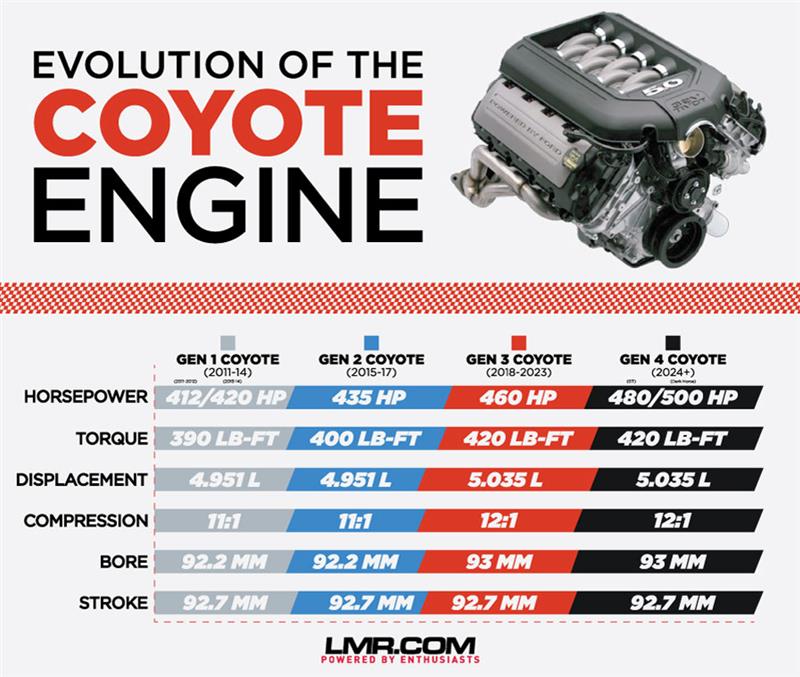
Buying used allows you to have a better selection of which
generation of Coyote engine you want. You can also choose between a Mustang Coyote engine or an F-150 Coyote engine, depending on what your overall goals are with your vehicle.
Choose A Transmission
Once you have an engine picked out, it is time to pick out a transmission. Many of you may have this already determined or possibly gotten an engine/transmission combo purchased at the same time, but for the sake of checklists, we will quickly run through what you need to know.
Obviously, your choices are going to come down to the ultimate decision of manual vs automatic, but with the Coyote platform, you have great options in both. Now, this could depend heavily on what your project car is built for, but you can always modify your car to fit the transmission you choose.
For automatic setups, Gen 2
6R80 swaps and Gen 3 10R80 swaps are most common as they bolt right up to the Coyote motor and can be purchased with the engine in many used applications. Most Coyote swap engine control packs are built specifically for these two transmissions. We have seen some people use a 4R70 transmission, but you will need a
transmission controller.
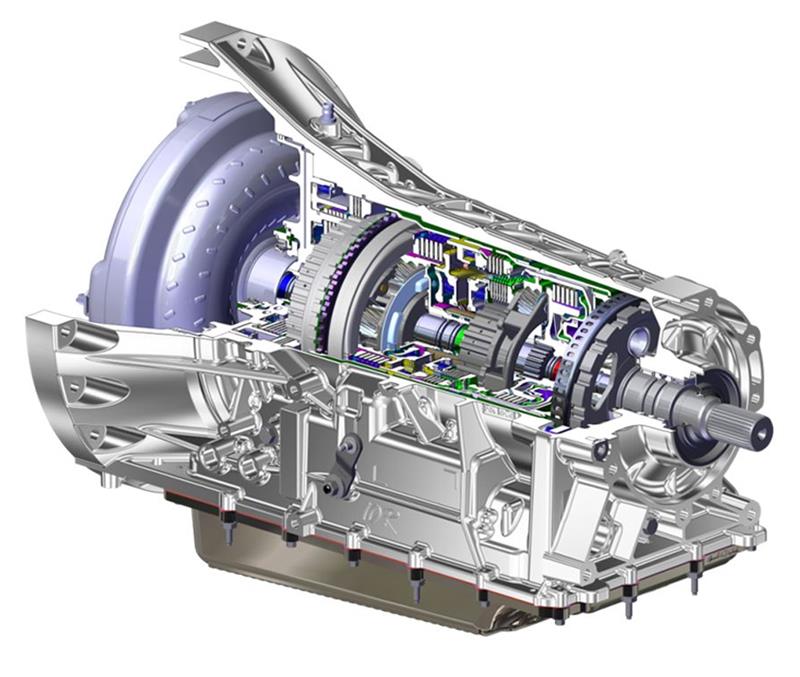
For manual setups, you have a few more routes you can take which can potentially save you some money if you already have the transmission. The most popular choices for a manual transmission Coyote swap are T45, TR-3650, TKO/TKX, MT82, TR-6060, TR-3160, and T-56 Magnum. Unsure what transmission you have in your Mustang? We have a
What Manual Transmission Do I Have In My Mustang article that can help!
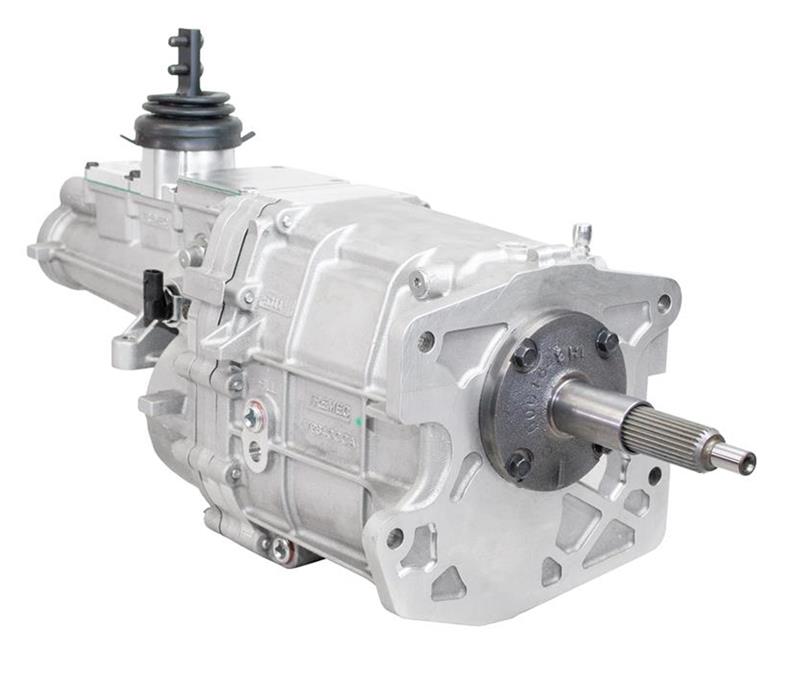
The T45 and TR-3650 transmissions, found behind 1996-2010 Mustang GTs, are popular for budget builds as they are plentiful in the used market and bolt right up to the Coyote engine. The MT82 is also popular as this is the factory transmission offered in the Coyote-equipped Mustang GTs. 2005-2010 Mustang owners that want to go with a T-56 will need to look at the Magnum XL. If you plan on using a T-56, we make things easy with our
T-56 swap kits. For those going with a TKO/TKX, a specific
Tremec Coyote/Modular bellhousing will be needed.
Get A Control Pack/Engine Control System
With an engine and transmission chosen, you will need to determine what kind of engine control system you want to use. Ford Performance offers a control pack for Coyote engines that comes with a PCM, electronic throttle control accelerator pedal, controls pack harness, OBD-II diagnostic port, power distribution module, airbox, air inlet tube, MAF sensor, and HEGO sensors. These control packs are specifically designed for each Gen Coyote and are available in both manual and automatic transmission applications.
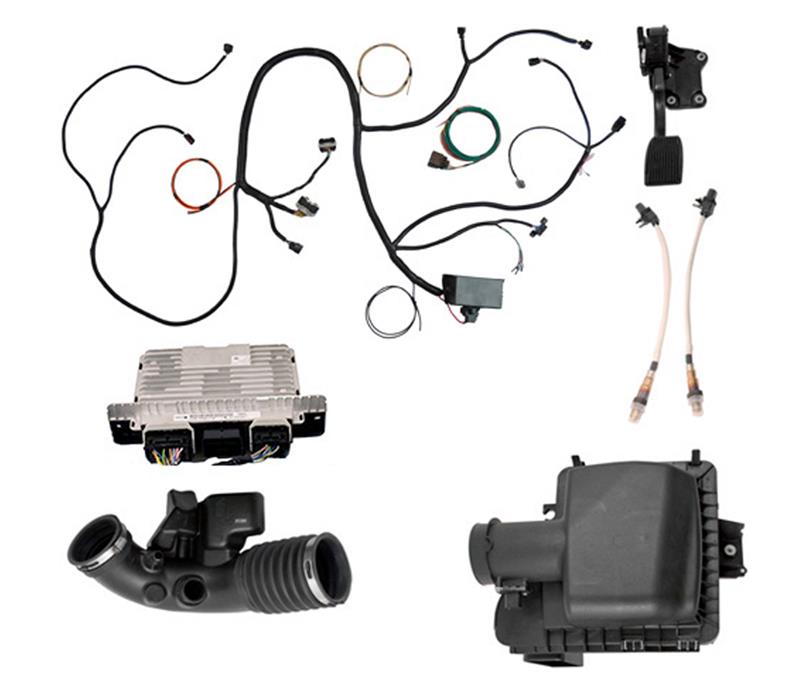
Holley also makes a great engine control system under their famous Terminator X lineup. These plug-and-play engine controls for the Coyote allow for self-learning capabilities and a broader range of tuning abilities.
Build Out A Fuel System
Much like any engine swap, your fuel system will usually have to be custom-built to fit your specific needs. This will usually include a fuel pump, fuel lines, fittings, and a fuel filter, but your particular setup may require different components. At LMR, we make things easy with a specific
1984-1993 Mustang Coyote Swap Fuel System and a
1999-2004 Mustang Coyote Swap Fuel System that includes everything you need for the swap.

Choose A K-Member/Motor Mounts/Crossmember
In order to get your new powertrain mounted in your project car, you will need to determine what K-member, transmission crossmember, and motor mounts you will use. Depending on your vehicle, you may need to get more or fewer parts, but for this example, we will use a 1979-1993 Fox Body Mustang. In order to complete a
Fox Body Coyote Swap, you will need to swap out your factory K-member for a modular/
Coyote swap K-member. This will allow you to use factory or aftermarket Coyote motor mounts to install your engine. You can use a 1996-04 Mustang V8 K-Member, but BBK Coyote Swap Headers and a Coyote Swap Oil Pan will be needed.
For your transmission, you will need to either purchase a specific
Coyote swap crossmember for your specific vehicle and transmission, or custom fab a crossmember to fit your application.
Determine What Oil Pan You Need
When determining your engine mounting situation, you will need to decide which oil pan you will need. Most engines will come with the factory oil pan unless you purchased a used engine with a swap pan installed. Some vehicles may require a different oil pan, and some may get lucky and not need one. These oil pans will be designed to fit your application specifically while allowing for more clearance in your engine bay. For Mustang applications, when running an aftermarket k-member, a swap pan may not be needed unless you need additional ground clearance. Unlike the Gen 1 or Gen 2 engines, Gen 3 Coyotes will need to source a new pickup tube when using an aftermarket oil pan as the factory pan and pickup tube are one unit.
Figure Out Your Brake System
When doing a Coyote swap, you will need to ensure that your brake system is addressed and modified in order to work with the new engine. This will be very vehicle-specific, so depending on your application, you may need to consult with a professional on your specific application. For Mustang applications, we have developed
Coyote Swap plumbing kits to mate to a hydroboost system. A hydroboost setup is commonly used on Fox Body Mustangs where you will run into clearance issues with the vacuum brake booster. You can also find a variety of
Mustang hydroboost conversion kits to make the swap easier.
Get A Driveshaft
Depending on your vehicle, you may have to get a custom driveshaft made for your application. On 79-04 Mustangs, you may be able to use your factory driveshaft if you are using a factory transmission, but this is a great time to upgrade to an
aluminum driveshaft for a lighter, stronger setup.
Determine Accessories/Finish Out Parts
Lastly, you will need to determine what accessories and finish-out parts you need. Not all Coyote swaps are the same, so you may need more or fewer components than the next person. Things to take into consideration are air conditioning, power steering, cooling system, alternator mounting, and overall engine organization. Some vehicles may have tighter fitments where specific radiators, brake boosters, power steering pumps, and master cylinders will need custom mounting solutions, so it is important to research similar swaps and what you will need to finish out your project.
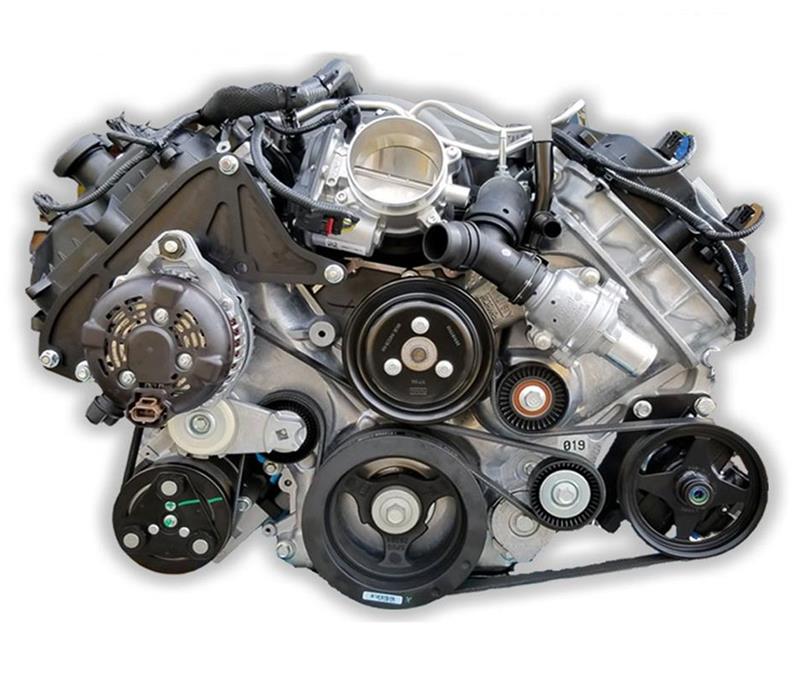
Determine Your Exhaust Setup
The exhaust system on a Coyote swap, like other facets of the swap, is an area that is going to involve some customization. While there are a slew of
Coyote Swap headers on the market, most projects are going to require a custom mid-pipe and cat-back exhaust built by a local shop to fit your specific setup. This will be one of the last things you do so that your exhaust shop can route the exhaust piping around all of your installed parts.
Cost and Time Considerations
The
cost of a Coyote swap is going to differ based on many different factors. You can buy new or you can buy used, you can reuse some components depending on the car you are using, and you might need to buy more components than expected. It is all going to come down to your specific vehicle, engine setup, and goals you have in mind.

As far as how long a swap will take, that all depends on what parts you have, how long it will take to accumulate them, and how quickly you can work on your vehicle. We have seen cars being swapped over the weekend, as well as builds that have taken years to complete. There is no right or wrong answer when it comes to how long a Coyote swap takes, so do what is best for you and try to complete the swap correctly the first time so that you do not rush it and have to fix things later down the road.
Conclusion
Now that we have looked at a top-level view of Coyote swaps, you should have a better idea of what a Coyote swap is, what it entails, and what you can expect if you take on the swap. At LMR.com, we are proud to offer a wide selection of late-model Mustang Coyote swap components and are continuously developing new parts to make the swap easier. If you have questions regarding a Coyote swap in your 1979-2010 Mustang, give us a call or
send us an email, and we would be happy to assist you!






